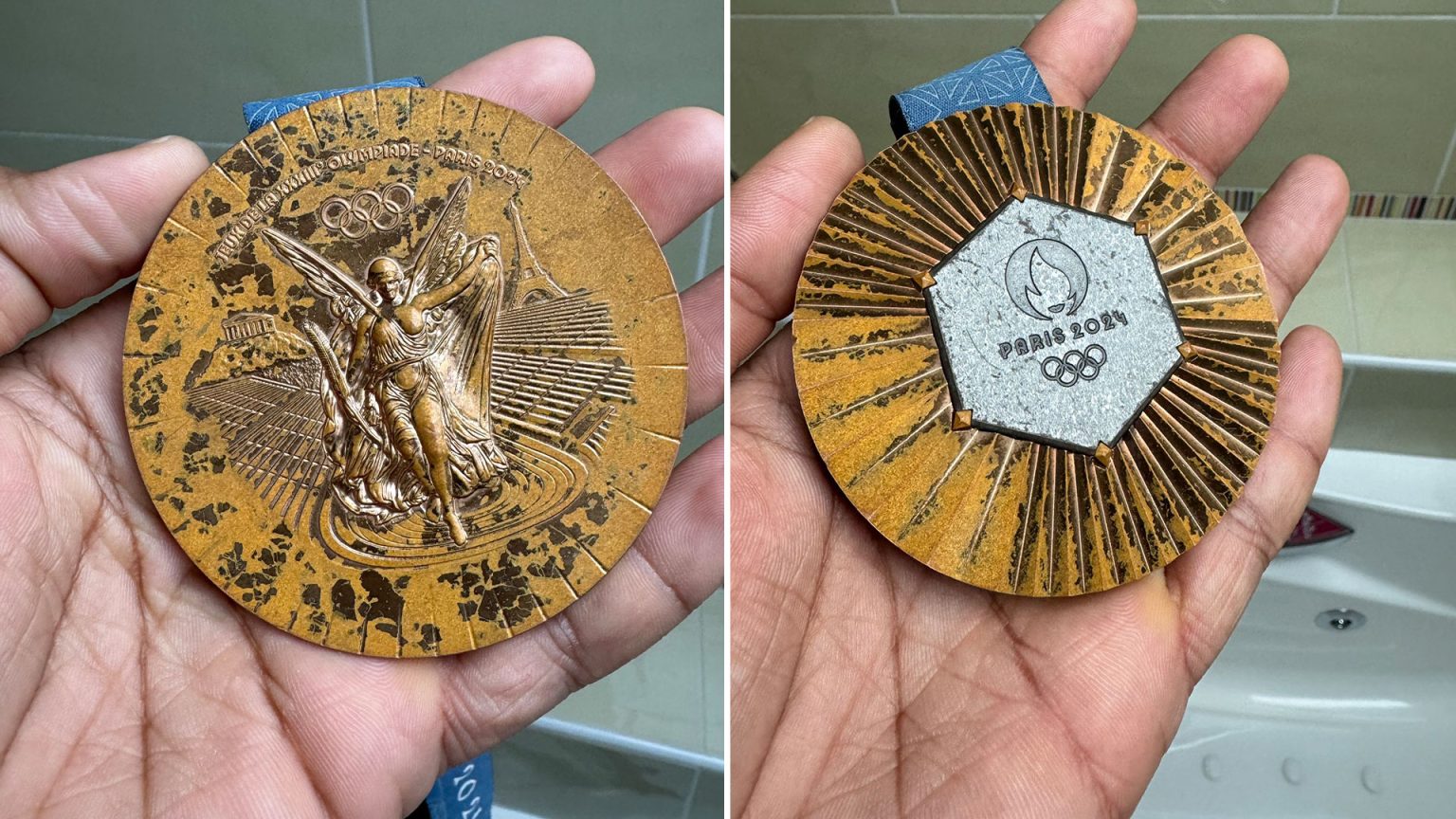The Paris 2024 Olympic Games have been marred by a surprising controversy: over 100 athletes have returned their medals due to damage, primarily rust and chipping. The issue, initially reported by French outlet La Lettre, has brought into question the quality control measures implemented by the Monnaie de Paris, the French state mint responsible for producing the medals. This unprecedented situation has resulted in the dismissal of the Monnaie de Paris management team and a public statement from the International Olympic Committee (IOC) assuring athletes that replacements will be issued.
The IOC, working in close collaboration with the Monnaie de Paris, has launched an investigation to determine the root cause of the medal deterioration. Their statement emphasizes a commitment to replacing all defective medals with identically engraved replicas, a process slated to commence in the coming weeks. While the Monnaie de Paris has contested the use of the term “defective,” acknowledging only that “damaged” medals have been replaced, the sheer number of returned medals underscores a significant quality control lapse. This incident has cast an unfortunate shadow over the celebration of athletic achievement, forcing the organizing committee to address a logistical and reputational challenge.
The visual evidence of the medal degradation has been amplified by social media, where athletes have shared images of their tarnished awards. American skateboarder Nyjah Huston, a bronze medalist in street skateboarding, posted photos of his corroding medal, expressing disappointment in its quality. Huston’s experience, along with that of numerous other athletes, highlights the rapid deterioration of the medals, even with minimal exposure to sweat and handling. The public nature of these complaints has further pressured the IOC and Monnaie de Paris to provide swift and satisfactory resolutions.
The Monnaie de Paris, a historic institution with a reputation for craftsmanship, now faces scrutiny regarding its production processes. The scale of the medal defect suggests a systemic issue rather than isolated incidents. The investigation will likely explore the materials used, the manufacturing techniques employed, and the quality control measures implemented throughout the production process. The outcome of this investigation will be crucial for restoring public confidence in the Monnaie de Paris and ensuring such issues are avoided in future medal production.
The medal controversy has unfortunately detracted from the athletes’ accomplishments and the overall celebratory atmosphere of the Games. For many athletes, the Olympic medal represents the culmination of years of dedication and sacrifice, a tangible symbol of their achievement. The discovery of damaged medals has undoubtedly tarnished this experience for many, adding an unnecessary layer of frustration and disappointment. The swift replacement of the medals is crucial not only for rectifying the physical damage but also for acknowledging the symbolic importance of these awards to the athletes.
This incident serves as a stark reminder of the importance of meticulous quality control, particularly for items of such symbolic significance. The Olympic medals are not merely pieces of metal; they represent the pinnacle of athletic achievement and embody the spirit of the Games. The tarnished medals of Paris 2024 serve as a cautionary tale, underscoring the need for stringent quality assurance measures to ensure the integrity and longevity of these cherished symbols of athletic excellence. The hope remains that the prompt replacement of the damaged medals and a thorough investigation will allow the focus to return to the athletes and their remarkable achievements.


